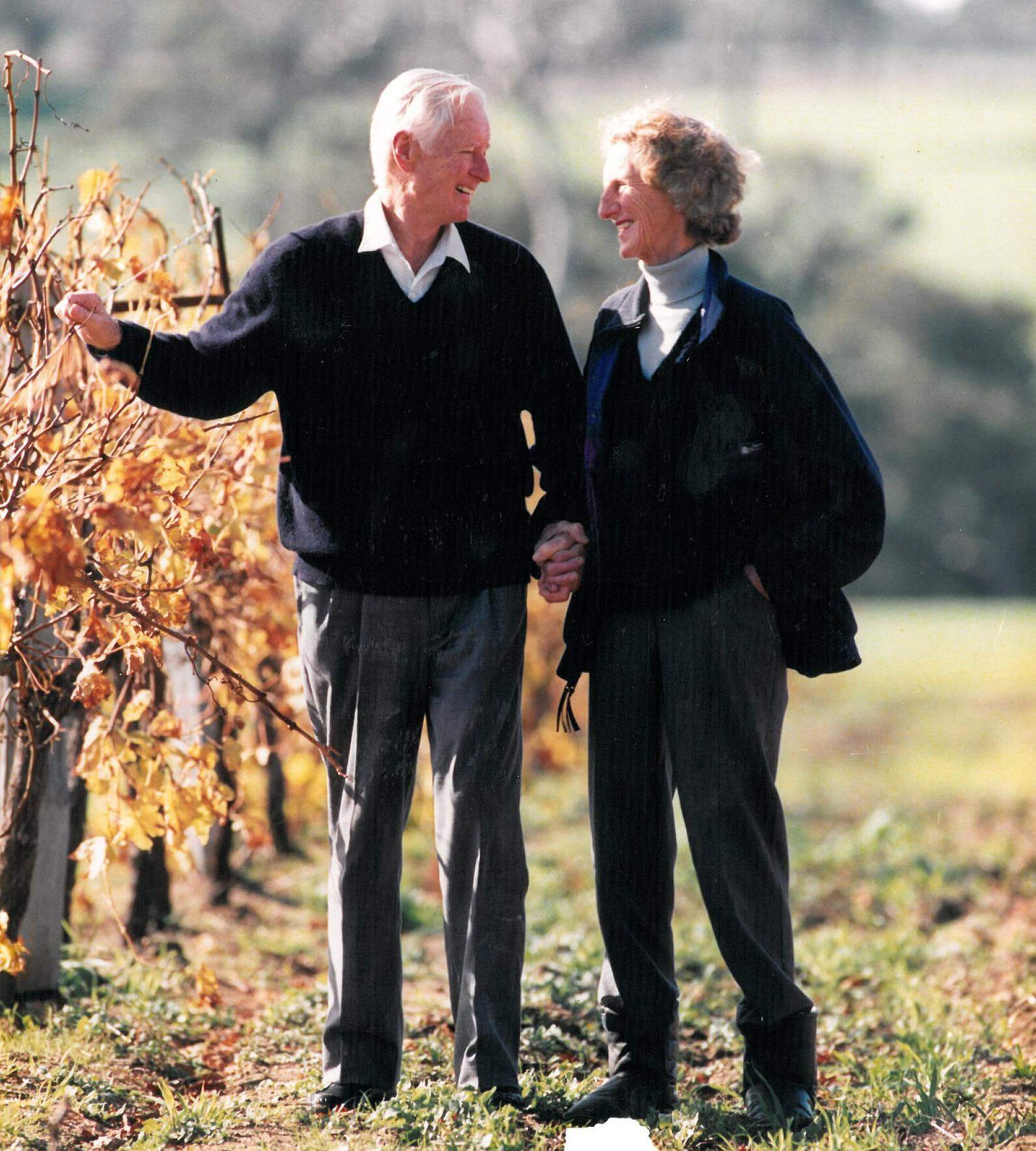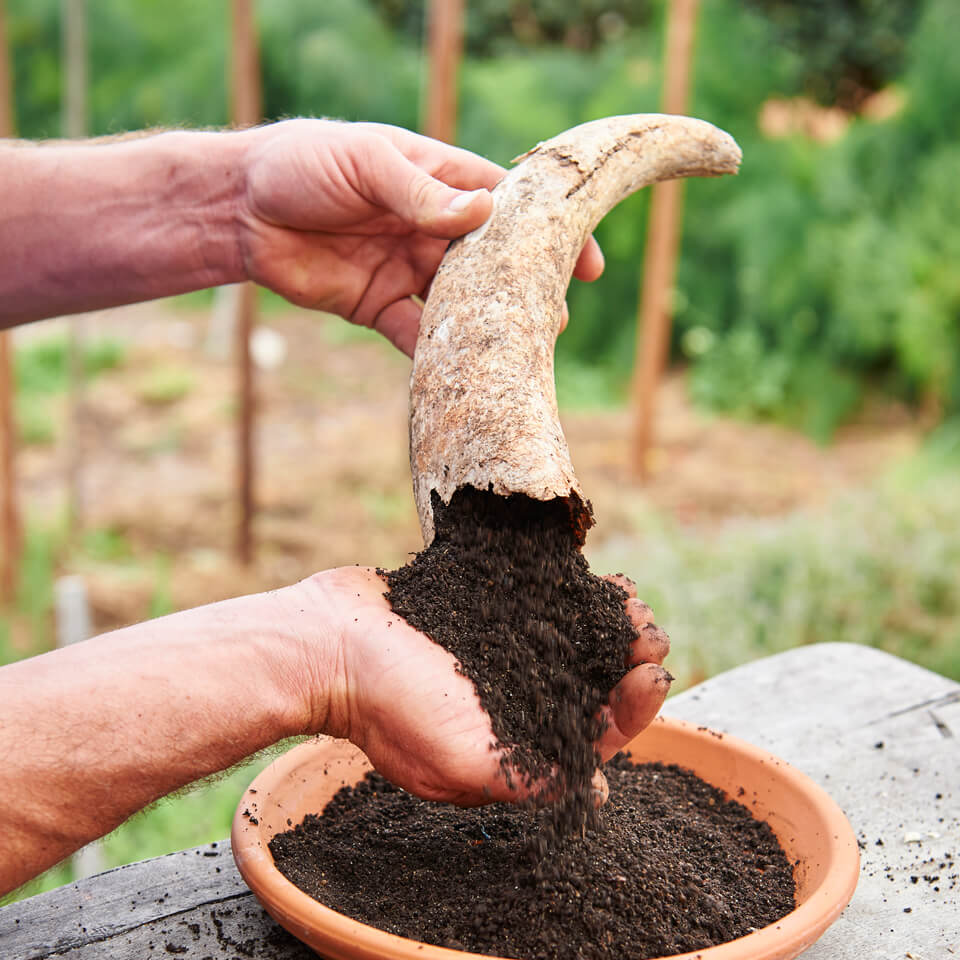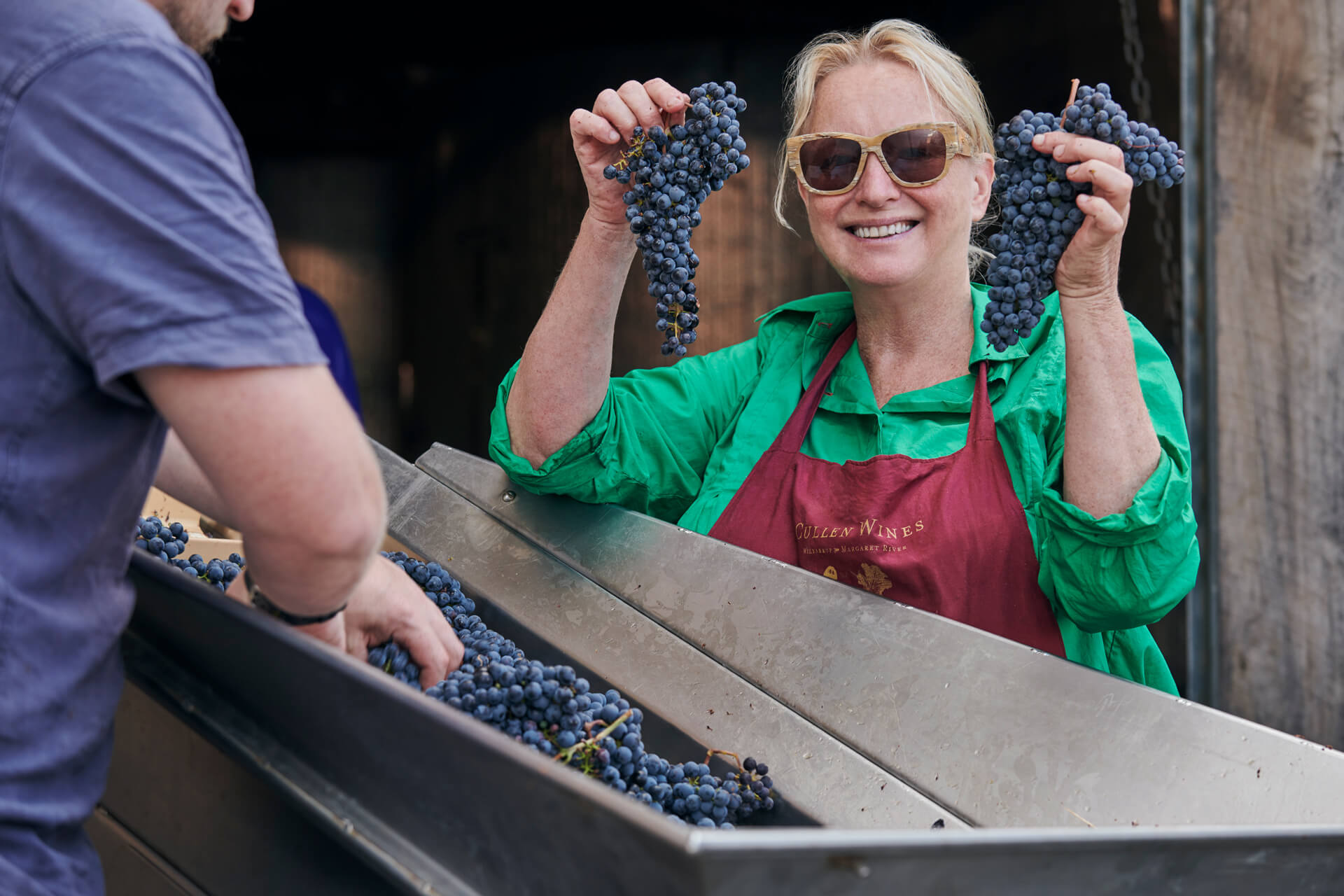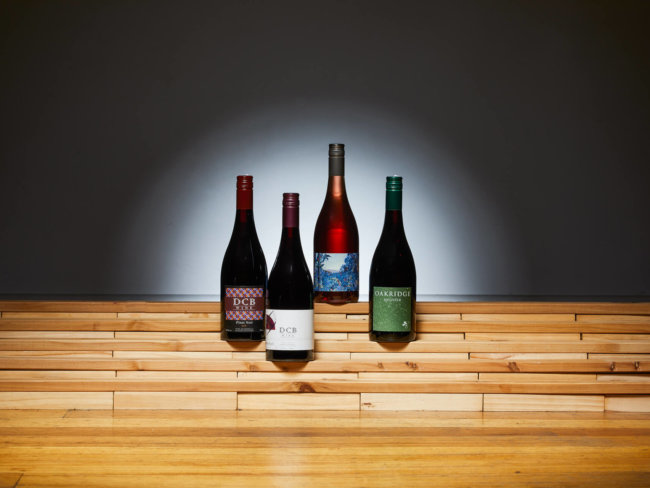A year shy of notching up their half century – with vines first planted in 1971 – Margaret River legend Cullen has become perhaps as well known for its iconic wines as it has for its environmentally sensitive practices. The 2018 editions of the Cullen flagship wines were launched this week, and it’s a vintage that’s being widely touted as a truly great one. The wines stand as tribute to the original spirit – bearing the names of the founders – as well as the efforts that have seen already impeccable quality soar alongside environmental sustainability, with the estate certified biodynamic for nearly 20 years, and its footprint now not just carbon neutral but carbon negative.
Before a visit by Dr John Gladstones in 1965, Kevin and Diana Cullen ran cattle and sheep on their Wilyabrup property and were considering planting lupins. But Gladstones encouraged them to fulfil their decade-old desire to plant wine grapes. From their early days of farming, the Cullens were environmentally sensitive and non-systemic in their approach. They also actively campaigned against ecologically taxing projects, such as the controversial flooding of Tasmania’s Lake Pedder in the early 1970s. Vanya Cullen credits their philosophy for setting the tone for her ongoing stewardship of the family property.
![]()
Kevin and Diana Cullen established the vineyard on their Wilyabrup property in 1971. Photo taken in 1993.
“It’s the legacy of looking after the land right from the beginning of Cullen with Mum and Dad, with minimal inputs right from the start. And then we went to organic in 1998, and then biodynamic after the 2003 vintage,” she says.
That shift to biodynamic farming was a real paradigm shift for Vanya, with the farming matched in the winery with fully certified biodynamic winemaking practices – something that is surprisingly rare – but her approach was always more holistic than simply boosting wine quality. “We were looking at the whole business ethics of having a sustainability culture which looks after the Earth, in a real, meaningful way.”
![Cowhorns stuffed with manure to improve soil health in biodynamic farming]()
Cowhorns and manure compost are part of the process of improving soil health in biodynamics.
Making carbon neutral part of the business plan
What followed was an investment in carbon credits, which helped Cullen achieve net-zero carbon status in 2006. Vanya later worked with NoCO2 to thoroughly audit and balance their carbon footprint, which included buying energy efficient lightbulbs for Sydney businesses.
The disconnect of changing lightbulbs on the other side of the country, as important as it was, didn’t sit so well with Vanya, so when she could again fully focus on improving her general region, she started working with Carbon Neutral (formerly Men of Trees, Cullen’s first carbon offset partner), who plant native trees and shrubs in the Yarra Yarra Biodiversity Corridor – the largest carbon sink reforestation project in the country – some 400 kilometres north of Perth.
![Vanya Cullen with harvested cabernet sauvignon grapes during vintage]()
Vanya Cullen with harvested cabernet sauvignon grapes during vintage.
With the experience of restoring her own soil, it was this connectedness to the land that was critical to Vanya. “The Wardandi people, the traditional custodians of the land, I always like to acknowledge with respect. They talk about before white people came that the land was soft, and so there was a connection from earth to the sky. And you can walk on our soil with bare feet because the earth is soft. And then you go out to other places that are farmed with chemicals, and they’re like rocks, and it hurts,” she says.
Although the carbon status of the vineyard was classified as neutral, and had been for nearly a decade, Vanya was intent on testing the real impact of the farming and soil management techniques in a measurable way. And the results genuinely shocked her.
Beyond carbon neutral
“We’ve been measuring the carbon profiles in our soil over the past six years, and the results surprised us. We didn’t believe them initially, either. But we had them done by an independent consultant. And it turns out that our soil carbon had gone up two per cent. We’re sequestering, I think it was, 80 times more carbon with our soil than our whole business emits, which is phenomenal,” Vanya says.
![Sunflowers capture carbon]()
Sunflowers which capture carbon through photosynthesis, are parts of the crop in between rows of grapevines at Cullen.
And while the extent of the environmental positives from their farming practices has been a happy revelation, the rigorous adherence to biodynamic principles was observationally evident in the hydration and microbial life of the soil, with an attendant improvement in fruit health and quality and, consequently, of wine quality.
Organic and biodynamic farming and minimal intervention winemaking is a marquee topic now, and one heavily associated with wine quality, but it hasn’t always been the way. “When we went biodynamic, we were so excited about it back in 2003 that we changed our branding from quality first to biodynamic and then quality, and our sales dropped.”
Cullen were certainly working from a traditional base, with their position as Margaret River founding members and enduring royalty well enshrined. The idea that Cullen were prioritising their organic/biodynamic farming approach suggested to many that quality was taking a backseat, and that couldn’t have been further from the truth.
![Cabernet sauvignon harvest at Cullen]()
Cabernet sauvignon harvest at Cullen.
“Because we’ve got healthy soils and healthy vines, we’re actually getting better quality, balanced fruit, which is enabling us to make wines that are completely unique and reflective of place. We don’t add or subtract anything at all. No acid, no yeast, no malolactic additives… we add a little bit of sulphur dioxide, but that’s all,” Vanya says.
That’s the kind of comment that you’d expect from an avant-garde maker, seeing the synergy between caring for the land and making authentic wine of real territorial character, living wine cut with energy and life. But few can back up the claims as well as Cullen, from soil all the way to bottle. That quality and thoroughly individual character is felt through the range, but no more so than with the poise and effortless command of the ‘Kevin John’ and ‘Diana Madeline’, with varieties banished to the back label, and place and the legacy of great custodians given priority.
Cullen’s flagship biodynamic wines
![Cullen Kevin John Margaret River Chardonnay]() 2018 Cullen ‘Kevin John’ Wilyabrub (Margaret River) RRP $127
2018 Cullen ‘Kevin John’ Wilyabrub (Margaret River) RRP $127
This chardonnay is lifted, complex and very harmonious on the nose, with notes of white nectarine and coolly ripe white peach, lime pith, orchard blossom, stone fruit kernel and blanched almond, accented with flecks of crystallised lemon and nougat. Oak supports, but it’s very much in the background, with a gently lees-buffered palate sheathing the persistent line of pristinely ripe natural acidity.
Cullen’s winemaking notes: “This wine, our flagship 2018 Kevin John has been sourced from our old chardonnay vines planted in 1976-1988. The bunches were hand harvested, whole bunch pressed and the juice racked to barrel. The parcel of fruit from the Moon Opposite Saturn Harvest was fermented in concrete egg before ageing in puncheons. Of the remaining juice, 70% was fermented in puncheons and 30% in barriques, with 50% new oak. This stunning chardonnay went through 100% natural malolactic fermentation and spent a total of 6 months in barrel. The wine has had minimal bentonite fining and no filtering or cold stabilisation, and will age well for 20 years.”
![Cullen Diana Madeline Margaret River Cabernet Sauvignon]() 2018 Cullen ‘Diana Madeline’ Wilyabrub (Margaret River) RRP $135
2018 Cullen ‘Diana Madeline’ Wilyabrub (Margaret River) RRP $135
There’s a refined power here, an elegance that is supported by layers of concentration and flavour, with ripe fruits nestled into an array of floral and spice notes. Scents of mulberry, cherries, currants and fresh blackcurrant are accented with flashes of violet and red florals, fresh tobacco, cedar, warm earth and bitter chocolate. The tannins run long and ultra-fine through the core of effortlessly balanced and expressive fruit, with a gentle seam of acid carrying the flavours through the exceptionally long finish.
Cullen’s winemaking notes: “These old vine cabernet sauvignon Houghton clones (8 different clones) were planted in 1971 on their own roots and are destined for the flagship wine Diana Madeline. This has created a natural wine with elegance, balance and power. The grapes were taken to tank, barrel and some amphorae for fermentation. Here they were fermented naturally without yeast or malolactic additions, and with no adjustment to flavour outside a small sulphur dioxide addition. The wine spent 14-27 days on skins before being gently basket pressed to barrel. The varietal blend is 79% cabernet sauvignon, 10% merlot, 6% cabernet franc and 5% malbec. The wine was aged in 80% biodynamic barrels of which 50% were new. The wine will age for up to 50 years.”
Cullen Wines are a partner of the Wineslinger Awards.






 2018 Cullen ‘Kevin John’ Wilyabrub (Margaret River) RRP $127
2018 Cullen ‘Kevin John’ Wilyabrub (Margaret River) RRP $127 2018 Cullen ‘Diana Madeline’ Wilyabrub (Margaret River) RRP $135
2018 Cullen ‘Diana Madeline’ Wilyabrub (Margaret River) RRP $135



